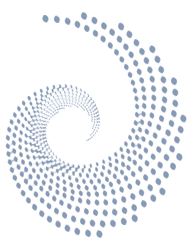Volume 09,Issue 03
Earthquake Failure of Buildings with Overhangs
Authors
Tuğba İnan Günaydın
Abstract
The behavior of buildings during an earthquake is a complicated issue. The interaction of the structural system and the plan geometry play a decisive role in the earthquake behavior of buildings. Overhangs create irregularity in plan geometry that cause an increase in the storey area on the storeys above the ground storey. In this study, the effect of overhangs on earthquake performance of buildings was analyzed. A regular RC building with no overhangs was designed as the reference building model (Model A) for numerical analysis. The reference model building has four different overhang variants. All overhang direction options were compared with the reference model. The numerical models were analyzed by software STA4CAD v14.1. The analysis results were evaluated based on Turkish Building Earthquake Code 2018 (TBEC-2018). The effects of overhangs direction on torsional irregularity were also assessed. The study emphasizes that the cantilever directions are the most significant parameter in an earthquake rather than the negative effect of the cantilever on the earthquake performance. The obtained results revealed that among the models having overhangs, the maximum torsional irregularity coefficients were observed in Model E as 1.30, which has overhangs on three sides and the minimum torsional irregularity coefficients were obtained Model D as 1.12, which has overhangs on two opposite sides. The lowest torsional irregularity coefficient was observed in Model A as 1.09.
Keyword: Earthquake, Overhangs, Turkish Building Earthquake Code, Torsional irregularity, Structural irregularity.
PDF [ 585.65 Kb ] | Endnote File | XML



